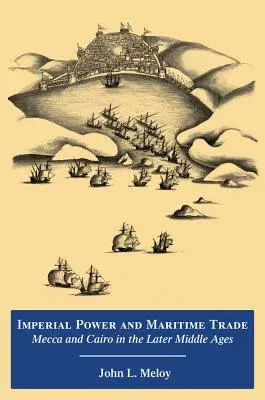This Revised Edition includes a new preface. When scholars of Middle
Eastern and Islamic history consider Mecca or its region, the Hijaz,
they tend to focus on either the first century of Islam, when the city
and region became briefly the center of an incipient empire, or the
twentieth, when the city was the center of the Arab Revolt. More than a
thousand years of history in between are relatively unknown. The
pre-modern imperial cities of Damascus, Baghdad, and Cairo quickly
superseded Mecca as centers of politics and long-distance trade, leaving
Islams premier holy city with its singular role as the destination of
the great pilgrimage. Of course, the religious significance of Mecca
attracted the attention of neighboring rulers, such as the Mamluk
sultans of Cairo, who claimed sovereignty over the city to enhance their
reputations as paramount Muslim rulers in the later medieval period.
Since these claims were written into the Mamluk historical record, the
principal means of viewing late medieval Mecca, the standard conception
of the citys history has been skewed by its role as the ritual center of
Islam and dominated by its relationship with Cairo. Yet when one
considers that Mecca and its port of Jedda lay midway between the vital
trading networks of the Indian Ocean and the Mediterranean, one finds
cause to question the received view of the Holy City. Using sources
composed by late medieval Meccan scholars alongside the more well-known
Mamluk material, this study presents the history of late medieval Mecca
and the Sharifs who ruled the city by examining their relations with
local and global forces: their alliances with local groups in the Hijaz,
their relations with the imperial center of Mamluk Cairo, and their
reliance on the maritime trade of the Indian Ocean.

